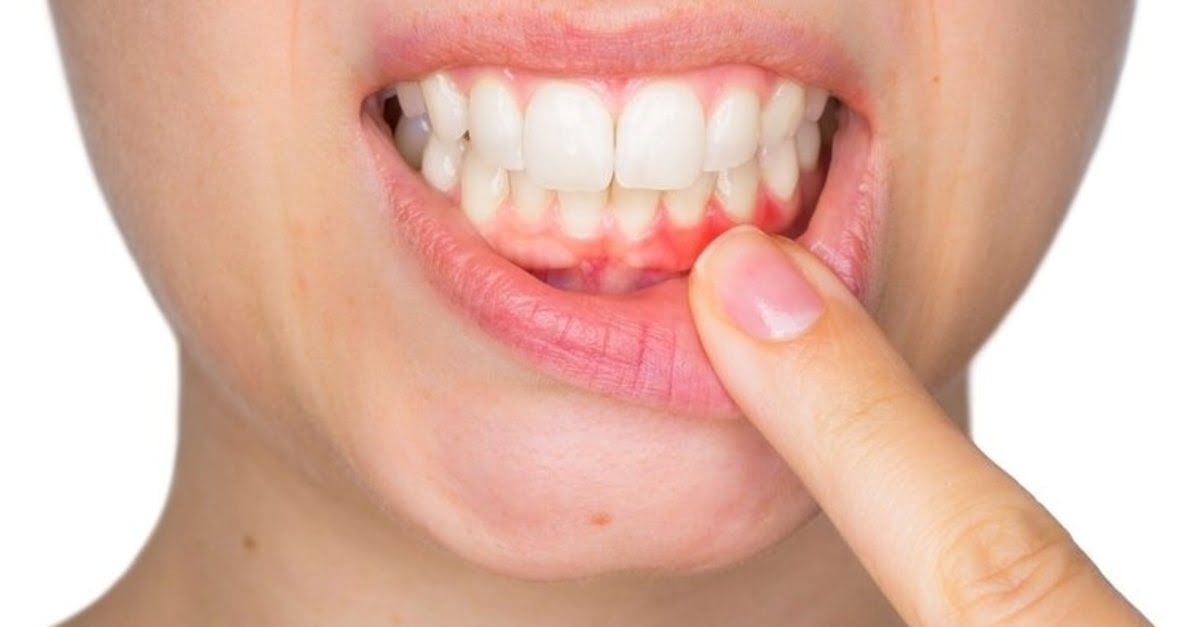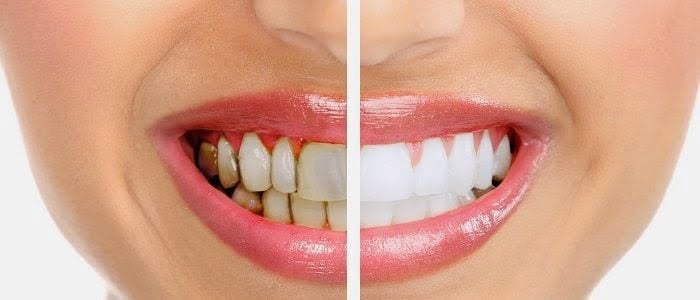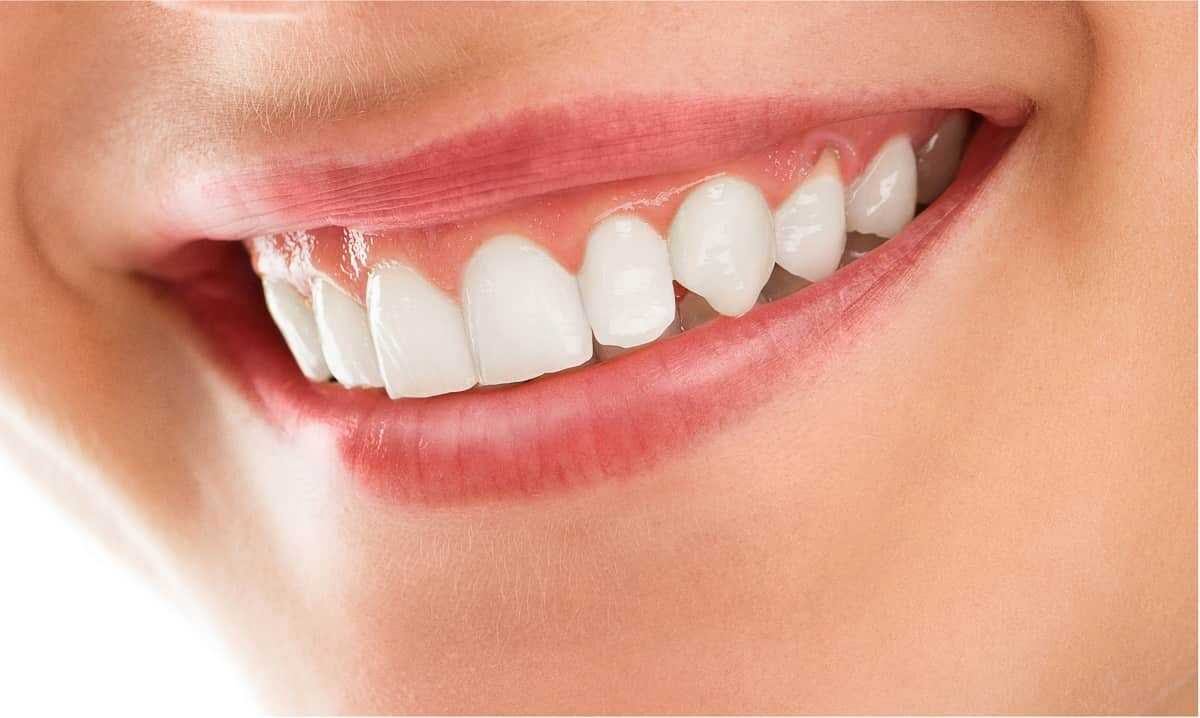Beware of gum disease
Gum disease occurs when the gums become infected with bacteria. The infection causes inflammation and irritation of the gum tissue. Often more than one adult will experience gum disease at some point in their life. Gum disease can be treated without surgery in the early stages. If the disease has progressed and has caused significant problems, surgical formulas are needed for treatment. It is valuable to detect and treat gum disease early.

What are the symptoms of gum disease?
In the middle of the symptoms of early-stage gum disease are swelling, redness and tenderness of the gums. Gums may bleed after brushing or flossing. Gum disease symptoms can be listed as follows:
– Red and swollen gums
– Bad breath
– Shrinking gums
– Sensitive teeth

What are the stages of gum disease?
Gingivitis (gingivitis): It is the earliest stage of gum disease and occurs as a result of plaque accumulation in the gum line. When floss is not used and teeth are not brushed regularly; Toxins that will cause irritation of the gums can lead to gingivitis. In this phase; Gums may bleed while brushing and flossing. The damage is preventable, as the bone holding the tooth and the attached tissues are now unaffected.
Periodontitis: The reinforcement holding the teeth is the step where the bones and fibers are irreversibly damaged. Below the gum line; A pocket begins to form holding the plaques. Progression of the damage can be prevented by the treatment to be applied and the oral and dental care to be continued at the residence afterwards.
Advanced periodontitis: It is the last stage of gum disease. The fibers and bones that support the teeth are damaged. If the teeth cannot be saved with heavy treatments at this stage where the teeth are shaking and the bite form changes, they may need to be extracted.

Treatment in gum disease
The form of treatment in gum diseases is determined according to the stage of the disease and the tissues it affects. The goal in the treatment of gingival diseases is to remove bacteria and structures that cause infection. This treatment is usually plaque removal, dental calculus cleaning with ultrasonic devices. After the cleanness process, the polishing process is applied to smooth the tooth surfaces and remove the existing stains. Depending on the degree of infection, the inner surfaces of the gum pockets and tooth root surfaces can be cleaned by applying local anesthesia.




